My dear friend Maggie, a licensed marriage and family therapist, nutrition counselor, and QNRT practitioner, wrote this thorough and insightful article about trauma. She generously agreed to let me share it with all of you. Maggie has taught me a ton about trauma throughout the years – how trauma varies from person to person and how it can continue to shape our lives and subvert our best intentions well into adulthood if left unaddressed. This post is illuminating.
Trauma 101
Is Trauma Affecting Me?
By Maggie Christopher
One of my driving missions in life is to help people understand trauma so they can recognize and move past it. Believe it or not, everyone on the planet has experienced trauma to varying degrees.
It can be debilitating to be affected by trauma and not know what it is or how to get rid of it. Many people don’t seek the help they need because they minimize the difficult things that have happened in their lives by comparing them to others who have had it much worse. It’s important to know that – like most things in life – trauma runs on a spectrum.
There’s an outdated mental health belief that you have to be really struggling in life before you need therapy or other modalities such as QNRT. Most people think that if they are high functioning in life, the pain of their past must not be affecting them. This isn’t the case. Seeking support to untangle from your past gives you the ability to thrive in life. You have the potential to feel even better.
The Definition of Trauma
Trauma is officially defined as, “a deeply disturbing or distressing experience.” That’s a pretty benign explanation compared to what most people think, right? We’ve all had deeply disturbing or distressing experiences in our lives. If the word ‘trauma’ overwhelms you or you just don’t care for it, try thinking of trauma simply as difficult situations and experiences throughout your life.
What’s tricky about trauma is that it’s not just a memory, a thing of the past that’s long behind you. No, the pain from the difficult experience is stored in your body, so when you have a similar situation repeat itself later in life, you are left vulnerable to getting triggered and having strong reactions. We actually form a belief about ourselves and/or life when something difficult happens. The trauma of your past can easily get triggered in your life now.
How to Recognize if You’re Affected by Trauma
Many people simply write off their poor behavior or chalk up their ‘weaknesses’ to not being a good person. They feel flawed. They think it’s just part of life to be plagued by anxiety or depression. What a painful way to go through life.
We don’t show up as our best selves when we have trauma stored in our body. The latest trauma research shows that it’s stored in our brain, nervous system and other parts of the body, which means you are not going to be able to simply ‘talk’ your way out of trauma. That’s why a body-based approach to releasing trauma is imperative. In addition to QNRT, some other body-based therapies include somatic experiencing, EMDR or some forms of hypnotherapy. These modalities address more than just your mind. Using talk therapy to understand your past and how it affects you will not move the trauma out of your body. It’s helpful to make these connections, but it’s imperative to go further so you don’t keep getting triggered.
A way to know if you’re being triggered by past trauma is by gauging your reaction to something or someone: is it bigger than what the situation warrants? Let me share an example. Let’s say you’re someone who has trauma around not being included, stemming from the time your friend group purposely excluded you on the playground in third grade. Now, as an adult, you find out your family planned a spontaneous get together and (unintentionally) didn’t invite you. You may have intense feelings of anger, sadness or isolation. You may even lash out at them.
Let me also share an analogy. Imagine there is a bloody, raw wound on your knee, which symbolizes not being included by others. And in this above example, your family not inviting you to a party is like someone taking a sharp razor and scratching the surface of your wounded knee. It’s very difficult for most people to not get triggered by their trauma when it gets stirred up by life’s events. Keep in mind, people’s reactions to trauma differs. Some people start to rage and yell while others get sad and withdraw.
If a person does not have trauma around being excluded (a.k.a. there is no bloody wound on their knee) they may simply think that it must have been an oversight and someone forgot to call them. It feels more like someone took a stick and scratched their knee, which felt slightly uncomfortable (a.k.a. disappointed), but not like the intense pain caused by the bloody, raw wound there. Can you see the difference of living life without trauma?
Signs that You May Have Experienced Trauma
Many people I work with are unaware that the root cause of their challenges is past trauma. This list is based on signs of trauma I see in my clients. Can you relate to any of the items on this list?
- You have an addiction: food, alcohol, phone, drugs, overworking, exercise, etc.
- You struggle to make friends.
- You are constantly worried what others will think.
- You feel inadequate: in your job, parenting, marriage, or friendships, etc.
- You have an overall feeling of being unworthy and not good enough.
- You feel you’ve never lived up to your potential.
- You spend too much time ruminating about your regrets in life.
- You sabotage yourself when you start to make progress in your life.
- It’s scary for you to be vulnerable with trusted people in your life.
- You are anxious, depressed, or both.
- You have done years of therapy but still feel stuck in your past.
- It’s hard to consistently get good sleep.
- You have health conditions that don’t make sense given how well you care for yourself. (Resources: Ted Talk and The Deepest Well by Dr. Nadine Burke Harris)
- You hustle for your worthiness. You’re always trying to do and be enough in life to be loved.
- You struggle to connect well with your family.
- It’s difficult to allow yourself to be loved.
- You’re uncomfortable accepting help, gifts or compliments from others.
- It’s difficult for you to take consistent, good care of yourself.
- You can’t relax and simply do nothing.
- You are afraid to not be in a relationship.
- You are afraid to be in a committed relationship.
- You don’t know how to relax and just play.
- You operate most of life from your head versus your heart.
- It’s difficult for you to be in the present moment. You find yourself constantly thinking.
- You are often reactive to what happens in your life.
- You are hypervigilant and feel that ‘the other shoe’ is going to drop.
- You are unwilling to feel all your emotions; you work hard at keeping your emotions “in check”
- You have an ‘all or nothing’ way of operating in life.
- You worry about money far too much.
- You avoid feeling your emotions.
- You have a lot of fears in your life.
- You feel like nobody truly understands you.
- You feel like your needs and wants are ‘too much’ for your partner to handle.
- You have to rely on medication to adjust your mood.
- You feel like given all the great things in your life you should be happy, but you’re not.
- You want to be in a loving relationship, but you have fears it will never happen.
- You often feel overwhelmed by life.
- You feel like good things happen to others, not you.
- You keep your life small even though you truly want more.
- You find yourself attracting friends and relationships that cause you pain and disappointment.
I could go on and on. This is not a comprehensive list, but hopefully you get the idea. Our natural state is one in which we feel present, open hearted, peaceful and happy. Sound utopic? Well, releasing the trauma stored in your body will certainly get you much closer to these feelings. I think of all of life as a spiritual journey and releasing your trauma helps you wake up to who and what you are at your core….love.
What Types of Situations and Events Can Create Trauma?
First, it’s important to know that what creates trauma in one person may not be what creates trauma in another individual. We are all unique and some people may brush off a comment while another person may be deeply hurt by the same comment.
Here are some examples of situations and events that can create trauma:
- An ongoing experience of parents being distracted and not present with you
- Kids making fun of you at school
- Transitions of any kind such as changing schools, moving to a new city/state/country
- Getting divorced and/or parents divorcing
- Growing up in poverty or experiencing financial insecurity
- Being criticized
- A parent making negative comments about you either overtly or subtly
- Feeling like you don’t fit in with your peers
- Not getting your emotional or physical needs met
- Not being able to fully express your feelings in childhood or adulthood
- Any physical, sexual or emotional abuse
- Making a mistake and getting in trouble for it (or not)
- Experiencing a break up
- Losing a friend
- Struggling in your career
- Growing up in a restrictive religious faith
- Witnessing violence
- Physical pain or injury
- Surgery
- Losing a loved one
- Getting fired or let go from a job
- Being separated from someone you love
- Getting cut from a team
- Any type of embarrassing or shaming situation or event
- Not dating until later in life
- Being the oldest in your family and parents relying too much on you
- Being told you’re ‘different’ by someone you care about
- Having to excel in school and/or extra-curricular activities in order to get love and attention from your parents.
- Having a parent who tries to live your life because they haven’t successfully created their own
- Having a sibling who took up an unfair amount of your parents’ attention
- Struggling to make friends
Again, this is not a comprehensive list, but hopefully this shifts your perspective on trauma.
Don’t We Just get over Trauma with Time?
Time will not heal trauma.
Why do we continue to be affected by past trauma when it’s in the past? One, because as I shared earlier, it’s literally stored in the body and needs to be released using a body-based therapy. And secondly, we unconsciously form a belief about ourselves and/or the world when something distressing or disturbing happens to us. We live our lives 95% based on these (often unconscious) painful, subconscious beliefs. We are walking around in life as if these painful beliefs are true.
When difficult things happen in life, we unconsciously form beliefs such as:
- I can’t get my needs met.
- I shouldn’t communicate what I need and want because it will only end in pain.
- I’m unlovable.
- I’m unworthy of love.
- I’ll never get married.
- I will never have enough money.
- I don’t fit in.
- I have to hide my authentic self in order to get love.
- What I have to say doesn’t matter.
- I have to accomplish enough in life in order to get love.
- I have to exhaust myself helping others in order to get love.
- I can’t trust others, especially those I love.
- I have to be smart and useful in order to connect with others.
These are just a few examples. You may notice a common theme in these examples – love and connection. As Brene Brown says, “Love and belonging are irreducible human needs.” When someone doesn’t feel unconditionally loved and connected with others when growing up (or as an adult), a lot of trauma can build up over time.
If I asked a client prior to their QNRT reset if they had any of these beliefs, they would 9 times out of 10 answer ‘no’ because most people are unaware of their subconscious beliefs. But sadly, we live our lives based on these painful beliefs.
How Do You Release Trauma?
Engaging in a body-based therapy such as QNRT will allow you to release trauma. QNRT is defined as a body-based therapy because the protocol finds and releases the trauma stored in your body.
As a psychotherapist, I will support you with talk-level, trauma-informed therapy during your reset because important, shaping situations and events will arise. It will support your trauma recovery to be with a loving, supportive person while in these tender places. Clients find the therapy piece I add to every QNRT reset to be invaluable to their experience.
The specific trauma that is released during a QNRT reset will be chosen by your body and discovered by the QNRT protocol. There’s no need to come to a session knowing what difficult situation you’d like to address.
I actually love this benefit of QNRT because your body is brilliant and is keenly aware of which event it feels ready and safe to release. QNRT is highly effective at surfacing difficult past events that people aren’t aware affected them until they begin to verbalize the situation and notice what a shifting effect it had on their life (and beliefs). QNRT is especially helpful for people who know they want to feel better but have no idea what to talk about in therapy.
How Might I Feel Differently if I Release the Pain of my Past?
What I hear again and again from QNRT clients is that they feel less reactive, have more space in their life and feel calmer. They start to realize their value. They confidently branch out in new ways in life. They begin to care for themselves by eating, exercising and taking time for the activities they enjoy.
People come to me with walls around their heart from experiencing so much pain (a.k.a. trauma), and after doing QNRT for a period of time they smile more, share more and begin to have more meaningful connections with others. There are many unique ways that QNRT helps people find more peace.
It’s free to talk with me (Maggie) for 60 minutes and discover if QNRT feels right for you. I hope we get the chance to meet.


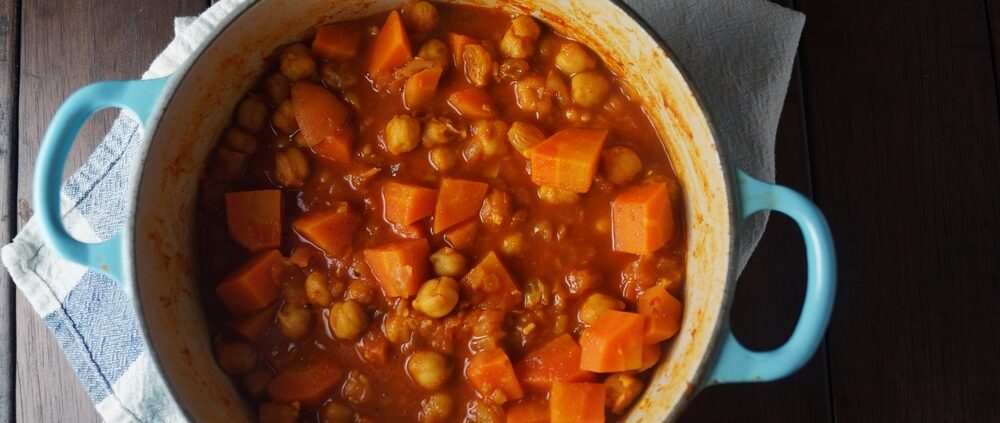

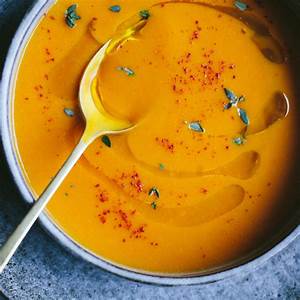
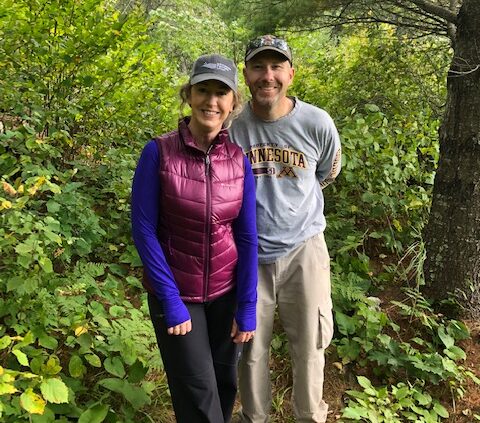
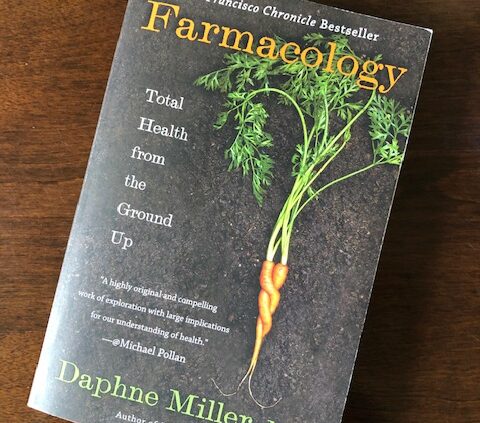
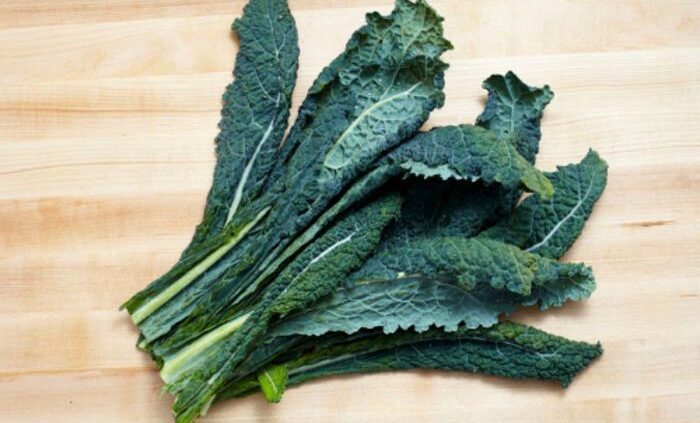
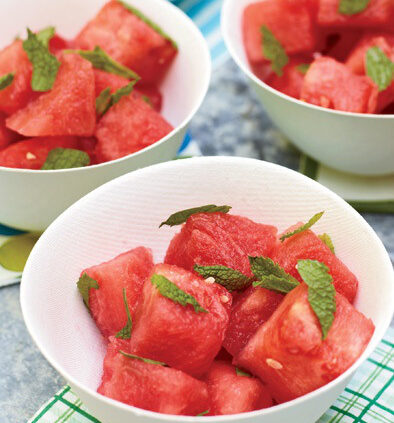
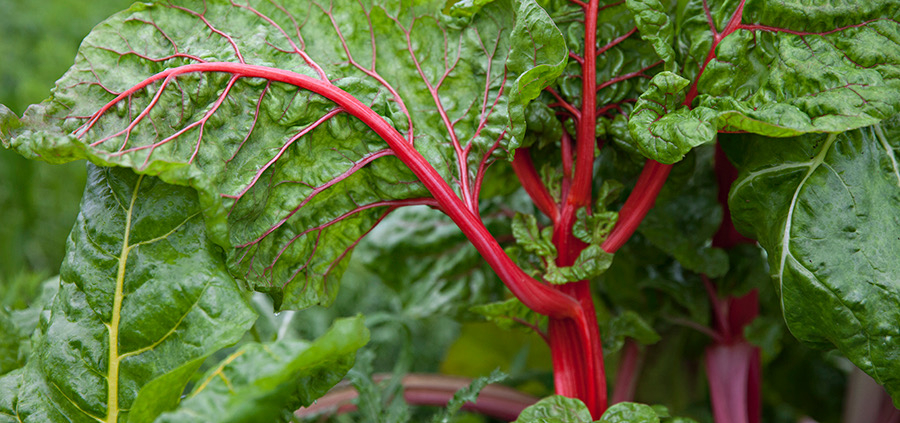

Follow